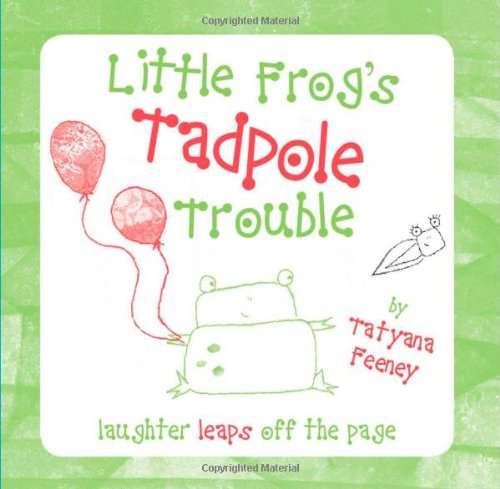Number Fun!
Learn about size order, exploring the concepts of ‘up and down’ and ‘smallest’ and ‘biggest’, as well as a host of other maths activities, and books to explore.
Curriculum Background
The fifth Pathway focuses on mathematics, another ‘specific’ area of the Early Years Curriculum.
The ‘specific’ areas of the curriculum link to the school subjects your child will study as they get older. The stories and activities in the app will all support your child in learning early maths concepts and picking up important mathematical vocabulary, because maths is everywhere in our world. From shapes and sizes, to quantities and sorting, remember that maths is not just about numbers! Your child’s growing spatial awareness and understanding of shape, size, capacity and measurement play a key role in early mathematical development. The app includes activities to explore these elements.
What’s in the pathway?
- There are six books to read, listen to and talk about:
-
- The Pathway begins with the interactive book “Numbers”, helping your child learn the numbers 1 to 10 and think about different amounts. Take every opportunity you can to count and think about quantities with your child, whether counting steps, counting spoonfuls of food as you serve it, or counting toys, such as blocks.
- Next is the nursery rhyme “Five Little Monkeys”, useful to reinforce your child’s learning of numbers 1 to 5. This is a great nursery rhyme to sing along with, to help your child remember the order of the numbers. Use your fingers to show your child what ‘5’ of something means.
- Next your child explores the book “Shapes”, with examples of different shapes and their names. Spot shapes around you in your home, matching them to the ones in the story, to reinforce your child’s memory of shape names and features.
- After this is “Little Frog’s Tadpole Trouble”, where little frog learns that he is going to be a big brother to 9 tadpoles. This story reinforces number learning, with lots of mathematical vocabulary and chances to think about how numbers go together to create other numbers.
- The last two books in this Pathway include more examples of mathematical language, with the story “I Want to Go First” helping your child learn about how we can place things in size order.
- Lastly, “Dive, Dive!” explores the concepts of ‘up’ and ‘down’.
- The interactive stories in this Pathway are interspersed with lots of interactive learning activities, with a specific focus on maths. First, your child practices writing the numbers 1 to 10, tracing over each one. Next, they learn simple shapes, identifying them and tracing around them to reinforce their understanding. Following this, they explore the concept of ‘smallest’, spotting the smallest item in different groups.
- As well as maths activities, your child will practice spellings, enjoy magic art activities and take part in dance offs. Join in with your child as much as possible, to ensure the activities are interactive, playful and fun for you both!
Books from the app
You can buy some of the amazing picture books from the app below, so you can read them offline too. Or, explore some new titles together with our books to support numeracy and maths concepts!
Little Frog’s Tadpole Trouble
Tatyana Feeney
Little Frog has got used to his life with just Mummy and Daddy. He likes it just the way it is. So, when nine new tadpoles arrive, things change in the frog household. Little Frog is not impressed with his new brothers and sisters. They can’t do the things he likes to do. The only thing they can do is to take up all of Mummy’s and Daddy’s time. But when the tadpoles turn into froglets, even littler than Little Frog, things start to look up and Little Frog’s family is suddenly a lot more fun than it ever used to be.
Activities for you to do at home
- Motivate your child to help tidy up their toys, by setting them number targets to achieve. For instance, ‘see if you can pick up three blocks’ or ‘can you find me five toy cars?’. Use tidy up time to think about time passing, for instance by setting a timer to see how long it takes, or challenging your child to see how many toys they can pick up in one minute.
- When you’re out shopping together, encourage your child to figure out some ‘how many’ questions, with your support. For instance, you could count ‘how many’ apples you need to buy, in order to have one each for your family, counting them into a bag together.
- Challenge your child to see who can build the tallest tower out of blocks. Count the blocks as you add them to your tower. Height charts are also great for comparing size and talking about who is tallest and shortest in your family.
- Listen to the Number Confidence episode of our podcast, The Little Pod, below with Dr Jenni Back for a host of practical things you can do to help build your little one’s numeracy skills and awareness as they get ready to start school and beyond. For more episodes on other topics, check out the full series of The Little Pod.
